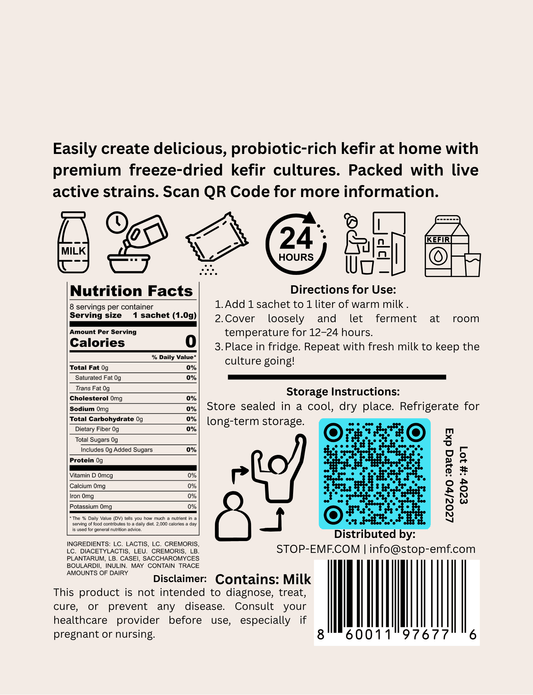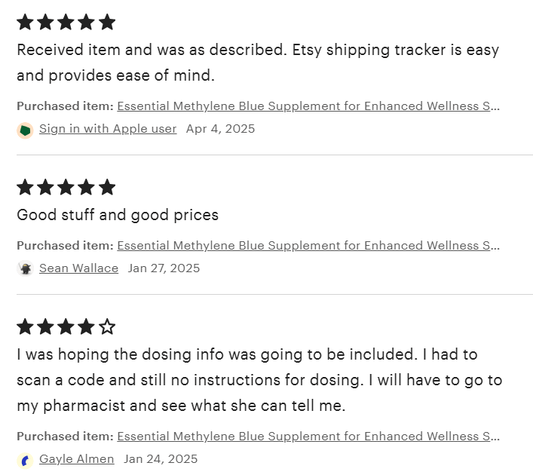In the ever-evolving world of healthcare, there are some unsung heroes that quietly make a significant impact on our well-being. One such remarkable compound is methylene blue, a versatile and affordable medication that has recently gained recognition as an essential medicine by the World Health Organization (WHO).
Methylene blue, a synthetic dye with a distinctive blue hue, has been used in various medical applications for over a century. Its journey to becoming an essential medicine is a testament to its versatility and the unwavering dedication of healthcare professionals who have championed its use.
The WHO's Essential Medicines List is a carefully curated compilation of the most effective, safe, and cost-effective medications that should be available to all people, regardless of their economic status. The inclusion of methylene blue on this prestigious list is a testament to its widespread utility and the recognition of its importance in global healthcare.
One of the primary applications of methylene blue is in the treatment of methemoglobinemia, a rare but potentially life-threatening condition where the blood's ability to transport oxygen is impaired. Methylene blue acts as an antidote, helping to restore the normal function of hemoglobin and alleviate the symptoms of this condition.
But the benefits of methylene blue extend far beyond its use in methemoglobinemia. It has also been explored for its potential in treating various other conditions, such as cyanide poisoning, malaria, and even certain types of cancer. Its versatility and cost-effectiveness make it an invaluable tool in the healthcare arsenal, particularly in resource-limited settings where access to more expensive treatments may be limited.
The inclusion of methylene blue on the WHO's Essential Medicines List is a significant milestone, as it underscores the global recognition of its importance and the commitment to ensuring its availability worldwide. This recognition not only highlights the remarkable properties of this unassuming compound but also serves as a reminder of the ongoing efforts to improve global health equity and access to essential medicines.
As we continue to navigate the complexities of modern healthcare, it is essential to recognize and celebrate the contributions of these unsung heroes, like methylene blue, that quietly make a profound impact on the lives of people around the world. By championing the use of such versatile and affordable medications, we can work towards a future where quality healthcare is accessible to all, regardless of their economic or geographic circumstances.
The Versatility of Methylene Blue
Methylene blue's versatility extends beyond its primary use in treating methemoglobinemia. It has been explored for its potential in a wide range of medical applications, showcasing its remarkable adaptability and the ongoing research efforts to unlock its full potential.
Cyanide Poisoning Treatment
One of the lesser-known applications of methylene blue is in the treatment of cyanide poisoning. Cyanide is a highly toxic substance that can be found in various industrial settings, as well as in certain types of food. Methylene blue has been shown to be an effective antidote, helping to counteract the harmful effects of cyanide exposure and potentially saving lives.
Malaria Management
Methylene blue has also been studied for its potential in the management of malaria, a deadly infectious disease that continues to plague many parts of the world. Research has indicated that methylene blue may have antimalarial properties, making it a promising candidate for inclusion in treatment regimens, particularly in areas with limited access to more expensive antimalarial drugs.
Cancer Treatment Possibilities
Intriguingly, methylene blue has also been explored for its potential in cancer treatment. While the research is still in its early stages, some studies have suggested that methylene blue may have the ability to selectively target and destroy certain types of cancer cells, without causing significant harm to healthy cells. This unique property makes methylene blue a subject of ongoing investigation in the field of oncology.
The versatility of methylene blue is a testament to the power of scientific exploration and the importance of recognizing the potential of seemingly simple compounds. As research continues to uncover new applications for this remarkable substance, its inclusion on the WHO's Essential Medicines List becomes even more significant, ensuring that its benefits can be accessed by those who need it most, regardless of their economic or geographic circumstances.






